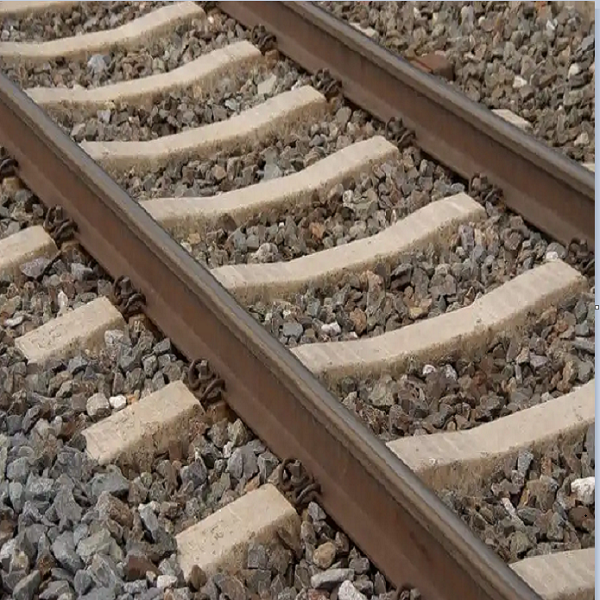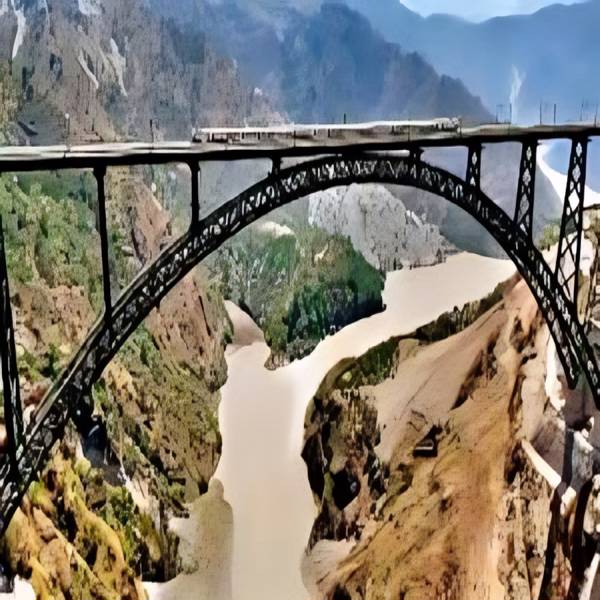Railway tracks are an essential component of the transportation infrastructure, enabling the efficient and safe movement of goods and people across vast distances. However, if you’ve ever observed railway tracks closely, you may have noticed that they are not flat and smooth, but instead have stones, or ballast, placed between and around the tracks. In this article, we will discuss why stones are used in railway tracks and their significance in ensuring smooth and safe train journeys.
The primary reason for using stones in railway tracks is to provide a stable foundation for the tracks. Without the ballast, the tracks would shift and move due to the weight of the trains passing over them, causing the rails to become uneven and the train’s ride quality to deteriorate. The stones act as a support system that keeps the tracks in place and distributes the weight of the trains evenly across the ground beneath the tracks.
Stones in railway tracks also serve as a drainage system to remove any water that accumulates between the tracks. If water is not drained, it can cause the tracks to become slippery, making it difficult for the train to maintain traction and leading to accidents. The stones in the track bed allow water to drain away from the tracks, ensuring the tracks remain dry and safe for train travel.
Another important function of the ballast in railway tracks is to prevent vegetation growth around the tracks. Vegetation growth can be detrimental to the tracks as it can destabilize the ballast, causing the tracks to shift and become uneven. It can also interfere with signals and communication systems along the track, making it difficult for trains to communicate with the station and other trains on the same route. The stones create an inhospitable environment for vegetation, preventing plants from taking root and growing near the tracks.
Finally, the stones in railway tracks help to reduce noise pollution caused by trains passing over the tracks. When a train travels over a smooth surface, it creates a significant amount of noise due to the vibrations generated by the wheels. The stones in the track bed act as a dampening mechanism that reduces the noise generated by the train’s passage, making the train journey less disruptive for the surrounding communities.
In conclusion, stones in railway tracks play a critical role in maintaining the stability, safety, and efficiency of the railway system. They provide a stable foundation for the tracks, prevent water accumulation, hinder vegetation growth, and reduce noise pollution. Without the ballast, railway tracks would not be able to support the weight of the trains passing over them, and the train journeys would be less safe and less comfortable. Therefore, the use of stones in railway tracks is a necessary and indispensable component of modern railway transportation.



